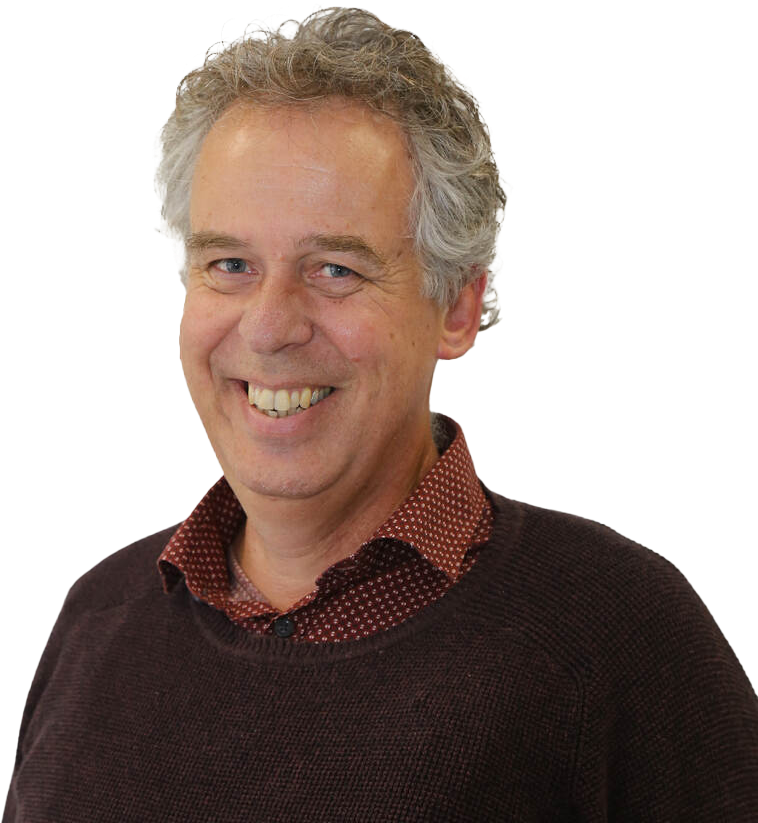Toyota zocht wegen om de bedrijfsvoering te stroomlijnen met als doel de kosten te verlagen en de kwaliteit van hun eindproduct afgestemd te hebben op de verwachting van de klant. Daarbij hebben ze het Toyota Continuous Improvement Program opgezet. In de loop van de jaren onder de naam LEAN door vele bedrijven in allerlei branches in heel de wereld succesvol toegepast.
Het gaat er om de juiste kwaliteit product af te leveren tegen de laagste kostprijs, met het doel winst te maken. De juiste kwaliteit betekent dus in overeenstemming met de vraag van de afnemer. Niet meer, niet minder. Winst maken is een vereiste dat voor alle bedrijven geldt.
De vraag voor elk bedrijf is;
Hoe lever ik de kwaliteit die mijn klant wenst tegen de laagste kostprijs.
Met als doel een zo hoog mogelijke marge per kg product om inkomen en winst te behalen.
Om die vraag te beantwoorden kijken we naar de productiewijze van bedrijven. Wat wordt er gedaan om een product te maken en wat is er nodig om dit te doen.
Veruit de meeste melkveebedrijven in NW Europa werken met een high input bedrijfssysteem. Hierin wordt jaarrond melk geproduceerd, waarbij de productie gebaseerd is op eigen- en aangekocht voer, stalling, machines en hulpstoffen als kunstmest, mineralen, eigen arbeid en ingekochte arbeid, als loonwerk, boekhouder en veearts.
De bedrijfsvraag bestaat uit 2 delen; de kwaliteit leveren die dé afnemer verlangt, niet meer en niet minder. Tegen een zo laag mogelijke kostprijs. Bij het beantwoorden kijken we naar binnen; in de bedrijfsvoering.
Hoe omgegaan wordt met ruwvoer is bepalend voor een groot deel van de kosten en is daarom bepalend voor de hoogte van de kostprijs.
Hoe meer kuilvoer op de plaat, hoe meer mest in de put, hoe hoger de kostprijs/kg melk.
Het ruwvoerproces op high input bedrijven ziet er als volgt uit;
Maaien, schudden, harken, hakselen, transport naar de opslag, lossen, aanrijden, afdekken met plastic, grond er op, grond er af, uitkuilen, voer mengen, uitvoeren, melken, melk ophalen, geld op de rekening.
Een traject met 16 handelingen, waarbij bij 15 er van machines en mensen nodig zijn.
Het ruwvoerproces op low input bedrijven ziet er als volgt uit:
Weiden, melken, melk ophalen, geld op de rekening. Een traject met 4 handelingen, waarbij bij 3 mensen nodig zijn en bij 1 een machine.
| Productiewijze: | Aantal handelingen: | Mensen/machines: | Geldcyclus: |
| High input | 16 | 15 | 26 tot 52 weken |
| PG NxT STEP® Farming | 4 | 3 | 2 weken |
Het is dus heel interessant om te zien dat melkveehouders, vrijwillig, 16 handelingen verrichten, voor 15 ervan betalen, terwijl een gelijke kwaliteit ook gerealiseerd kan worden met het verrichten van 4 handelingen.
Een aspect waaraan niemand aandacht besteed maar wat bepalend is voor de liquiditeit, de geldvoorraad, is de geldcyclus.
Melkveehouders lopen risico en verhogen hun kostprijs door te investeren in arbeid en machines om ruwvoer te conserveren, daarbij een geldcyclus creërend die 13 tot 26 keer langer is, dan nodig. Terwijl het product, voldoend aan dezelfde eisen, ook te realiseren is in 4 stappen met een geldcyclus van 2 weken!
Wil jij ook je bedrijfsvoering vereenvoudigen, minder werk, minder risico en een goede liquiditeit? Bekijk dan onze cursussen op; https://puregraze.com/product-categorie/cursuspakketten/
Met onze beweidingscursus 2022 helpen we je de marge te verhogen door de beweiding te maximaliseren. Een uitgekiend lesprogramma leidt je door de achtergronden van plantproductie en beweiding. Bestaand uit; webinars, praktijkbijeenkomsten en 1 op 1 advies wordt je deskundig begeleid door onze Boeren coaches, mensen uit de praktijk. Zij kennen beweiding als geen ander!
Er zijn volgend jaar subsidie mogelijkheden voor de beweidingscursus 2022. Dit houdt in dat tot 80% van de cursus kosten kunnen worden vergoed.
Aanstaande 30 november organiseren wij hierover een webinar, met informatie over de subsidie mogelijkheden binnen de beweidingscursus 2022.
Meld je hier aan voor de webinar van 30 november >>>> https://puregraze.com/evenementen/webinars/
Bekijk hier de beweidingscursus 2022 >>>> https://puregraze.com/product-categorie/beweidingscursus/
Meld je vandaag nog aan!



